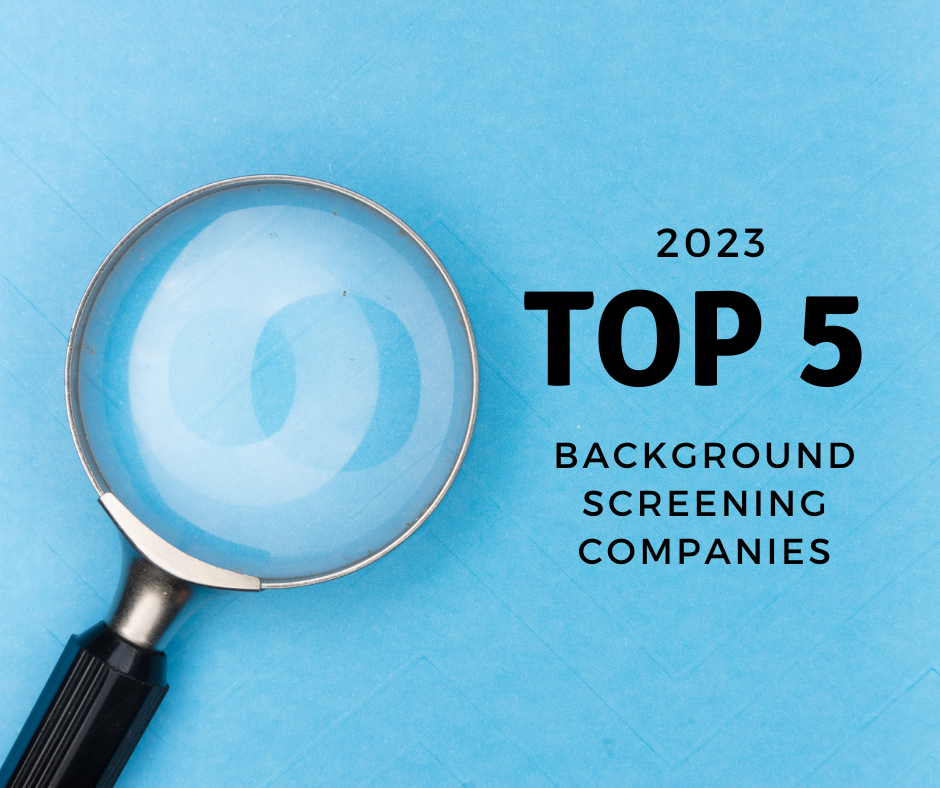Great leaders are the backbone of any organization, as they inspire and empower their team to reach new heights. While scouting for leaders externally can seem like an easy option, developing leaders internally is a smarter way to build a team that is committed to your organization’s vision and goals. Therefore, it is critical to have a rigorous leadership development program in place.
Consider the best practices listed below for developing a successful leadership development program that will assist your business in nurturing existing talent, identifying new talent, and developing key competencies for leadership success.
1. Identify the Core Competencies Necessary for Leadership Success
The first step in creating a successful leadership development program is identifying the core competencies that are necessary for leadership success in your organization. Core competencies are the unique skills, knowledge, and characteristics that enable individuals to be successful leaders. These may differ based on your organization’s industry, size, and culture.
Some common core competencies for leadership success include effective communication, emotional intelligence, strategic thinking, and adaptability. However, it is essential to identify the right qualities for your organization and ensure that they align with the overall goals and values of the company.
2. Define Clear Learning Outcomes
You need to define clear learning outcomes so that your program participants understand what they can expect from the program and what will be expected of them. At this stage, it is important to set realistic goals and objectives that align with your organizational goals.
3. Conduct Regular Assessments
Another step towards developing leaders internally is to have a clear picture of your workforce. A well-designed leadership development program should begin with regular assessments that allow you to identify the potential leaders within your team and people who have the potential to develop these competencies.
Look for employees who have shown a natural inclination towards leadership roles and have demonstrated solid performance in their current positions. Regular assessments, both formal and informal, will help you gauge their potential for leadership roles and identify the areas they need to work on.
Your organization could also consider partnering with external talent management firms that specialize in developing internal leadership programs to help create a more robust assessment process.
4. Provide Proper Training
It’s important to provide functional training so your program participants can gain new skills and competencies that they will need to succeed in their leadership roles. Along with functional training, it’s essential to provide training for soft skills such as communication, problem-solving, negotiation, and conflict resolution skills. The program should also include sessions on managing diversity, cultural intelligence, and emotional intelligence.
5. Encourage Ongoing Learning
A leadership development program should be a continuous process, not a one-off event. Encourage your program participants to engage in ongoing learning and development by providing access to resources such as books, articles, workshops, and webinars. Create a culture of continuous learning where everyone in the organization is encouraged to learn and grow.
6. Create a Supportive Environment
Developing leaders is not just about learning new skills and competencies but also about creating a supportive environment where employees feel motivated and engaged. Your leadership development program should be part of a larger culture of learning and development within your organization, where employees feel encouraged to take risks, ask questions, and collaborate.
Developing a solid leadership pipeline within your organization can seem complicated. But with the right approach and best practices, it is possible to create a successful leadership development program that will help you grow and maintain a strong team of leaders.



